September 2023, one year after the release of the iPhone 14, should mark the formal launch of the iPhone 15 and all of its variants. What adjustments have been made to the series? Will there be a fresh look? What has been added to the technical sheet? Will the new camera sensors help the iPhone 15? And what will the price of the iPhone 15 be? Discover all the details on Apple's upcoming devices in this article.
The launch of iPhones is a yearly event that cannot be missed in the calendar of mobile phones. The release of the iPhone establishes the groundwork for what many other manufacturers will offer in the months or years to come, whether you use the Apple ecosystem or not and whether you love or loathe iOS. Apple phones aren't always the top in every category. They don't always use new technologies early. They do, however, always set trends. The American company is copied by rival brands.
This is perfectly demonstrated by two cases. Many smartphones adopted a screen notch when Apple launched the iPhone X. The introduction of the iPhone 7 Plus increased demand for dual camera sensors. And once Apple unveiled the iPhone 12, numerous producers were motivated to release devices with more angular ergonomics (Oppo Reno 6, Vivo V23, etc.). The iPhone 13 and 14 are no exception to the rule, even though the changes made are less "visible": satellite connectivity, cinematic movie mode, etc.
Even though its release is still months away, the iPhone 15 smartphones are already receiving a lot of attention. Quantity of models. Ergonomic adjustments. Biometric capabilities. In this article, we go over every modification that the Cupertino company anticipates making to its upcoming devices.
iPhone 15 models
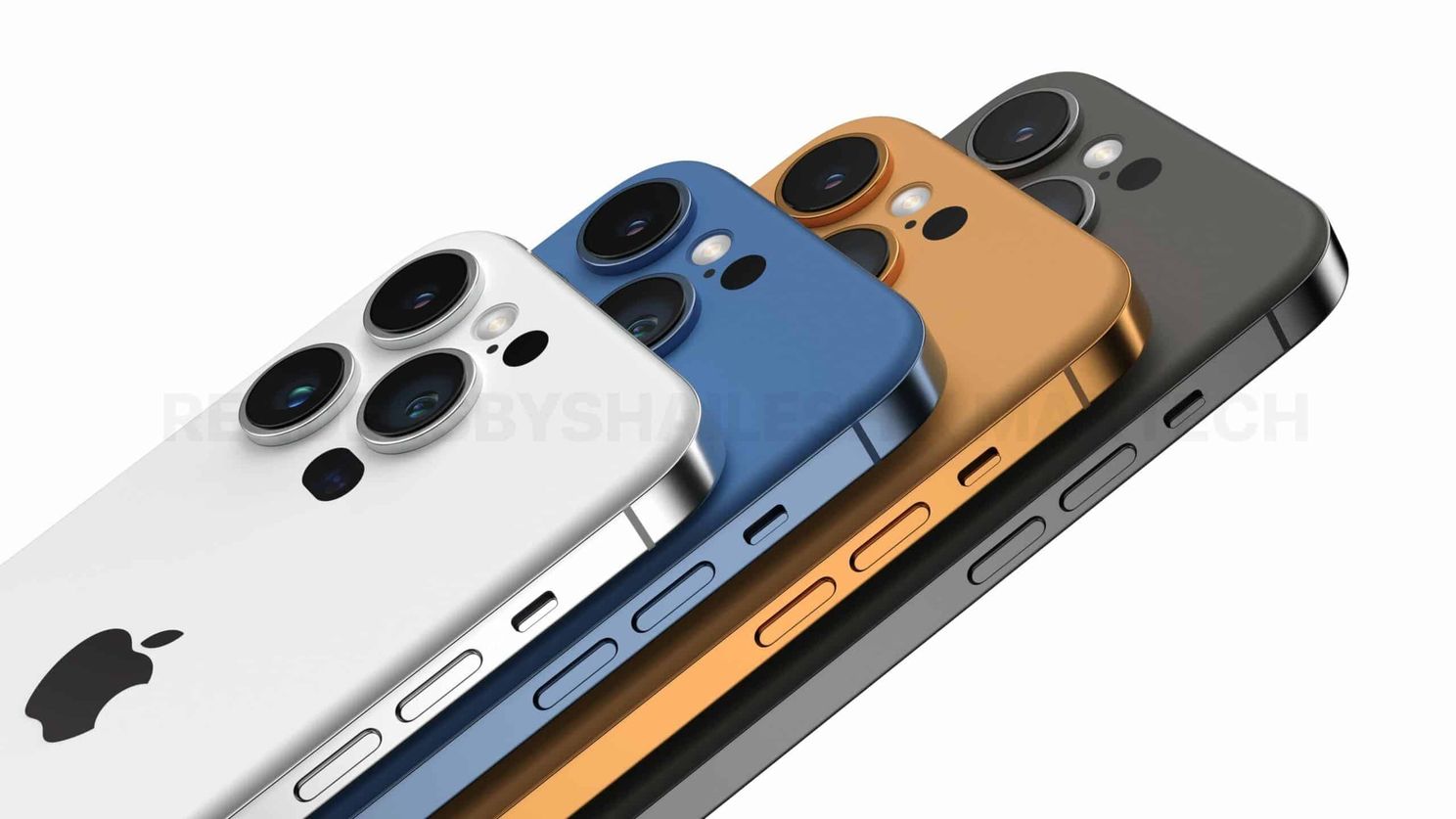
The number of iPhone 15 models remains a mystery right now. Four models should reasonably be included in the 2023 lineup. A basic model. An expert model. Although some research seems to indicate that interest in the Plus model was low, it may still be available. Finally, an ultra-premium model will serve as the most high-end iPhone.
This newest model's precise name is still up in the air. It may go under the name of "iPhone 15 Ultra," according to persistent reports. The brand is starting to use it more frequently. The M1 Ultra processor is available. The Apple Watch Ultra is available. And an iPhone 15 Ultra would be available. Will there also be an iPhone 15 Pro Max and an iPhone 15 Ultra? Famous Taiwanese financial analyst Ming Chi Kuo disagrees. The iPhone 15 Ultra will replace the iPhone 14 Pro Max.
The iPhone Mini might make a comeback. It's not in sure. However, it might well be the iPhone SE replacement, benefiting from a delayed launch at the beginning of the year and only being updated every two years. With the previous two models, this was the situation. The following wouldn't come until 2024.
iPhone 15 launch date
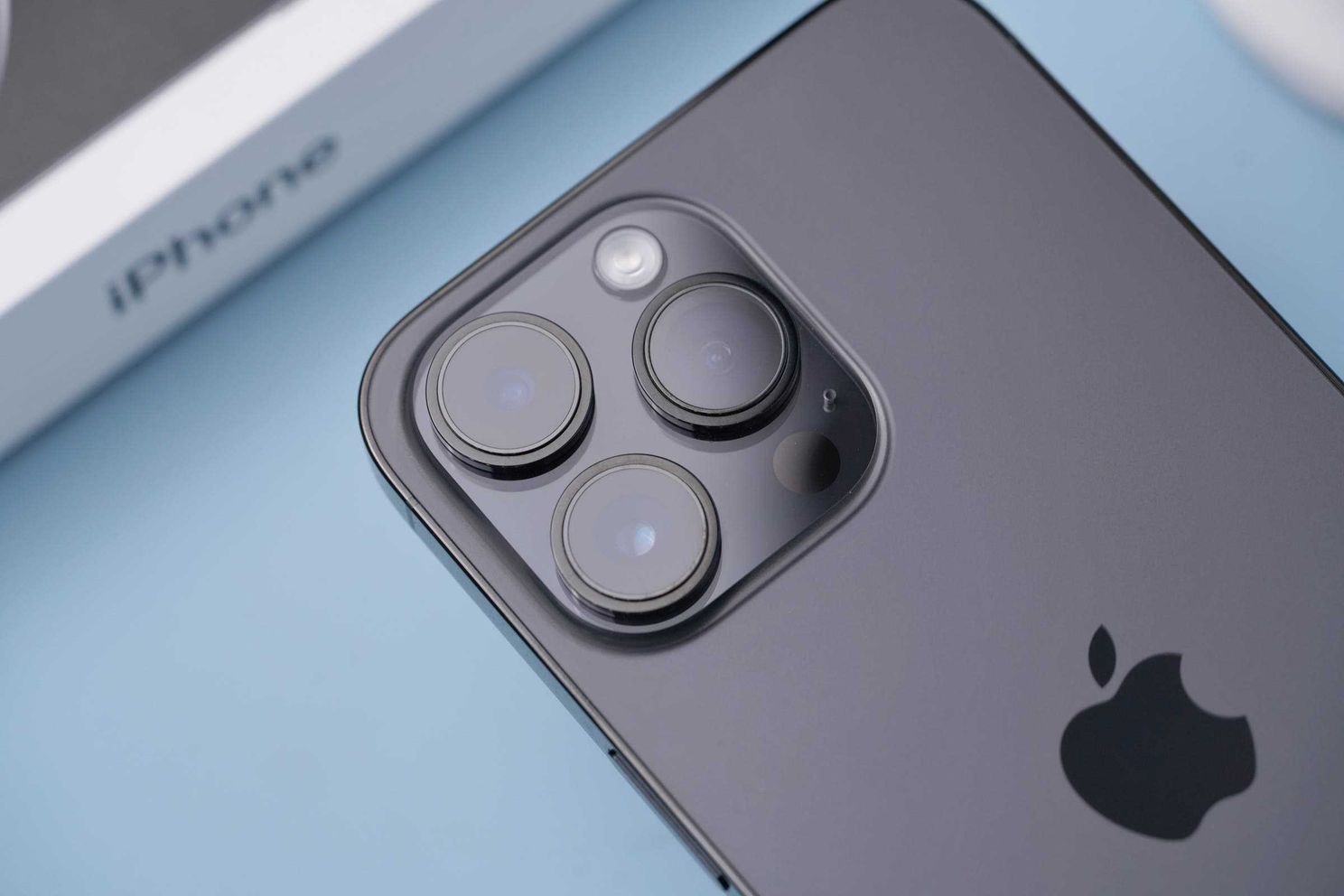
As of the moment that these words are being written, the precise release date of the iPhone 15 remains unknown. However, Apple has trained consumers to expect the release of its new handsets in September, just before the start of the academic year. And the upcoming models should be no different. Therefore, it is extremely possible that a keynote will occur in the first two weeks of September. The only exception to this rule was when Apple delayed the release of the iPhone 12 until October in 2020 due to a health emergency.
Tuesdays or perhaps Wednesdays are typically the days that keynotes occur. The most likely dates in 2023 are Tuesdays, September 5, or September 12, or September 6, or September 13. Pre-orders typically go live the following Friday, which, based on our predictions, would be either September 8 or 15. They typically last one week. So, a week and a half after the speech, marketing begins. Therefore, we will arrive on September 15 or September 22, 2022.
One of the smartphones could not be accessible at the same time as the others. Apple no longer hesitates to delay a commercial debut, as evidenced by the iPhone X, iPhone XR, iPhone 12 Mini, iPhone 12 Pro Max, and iPhone 14 Plus. It wouldn't be unthinkable for one or two versions of the iPhone 14 to be delayed by a few weeks if the component crisis and logistical issues continue into 2023.
iPhone 15 prices
It makes sense that the price of the iPhone 15 will rise. It is automated. Energy costs. Cost of logistics. Component costs. Inflation. Following a period of very stable pricing across the world, all evidence point to an increase in prices. Taking into account taxes, this increase should also be more pronounced in the Europe.
The price increase of some iPhone 15, particularly the SoC, is reportedly partially attributed to rising component production costs, according to Taiwanese media. TSMC has been making it for the iPhone for a while. But according to speculations, some iPhone 15 SoCs will use a 3 nm engraving from Apple. According to the source of this leak, TSMC charges 25% more for components with 3 nm engraving compared with 5 nm engraving (A14, A15 and A16).
The potential successor to the iPhone 14 Pro Max, the iPhone 15 Extreme, would take a position in the ultra premium market. Its cost would climb by between 9% and 18%. It would cost between $1199 and $1299 to purchase it, compared to the $1099 launch pricing of the iPhone 13 Pro Max and 14 Pro Max.
Recall that the pricing of the iPhone 14 ranges from $799 for the 128 GB model to $1499 for the 1 TB iPhone 14 Pro Max model. The base iPhone 15 model could start from $899. The iPhone 14 successors are extremely likely to cross other tariff levels.
iPhone 15 design
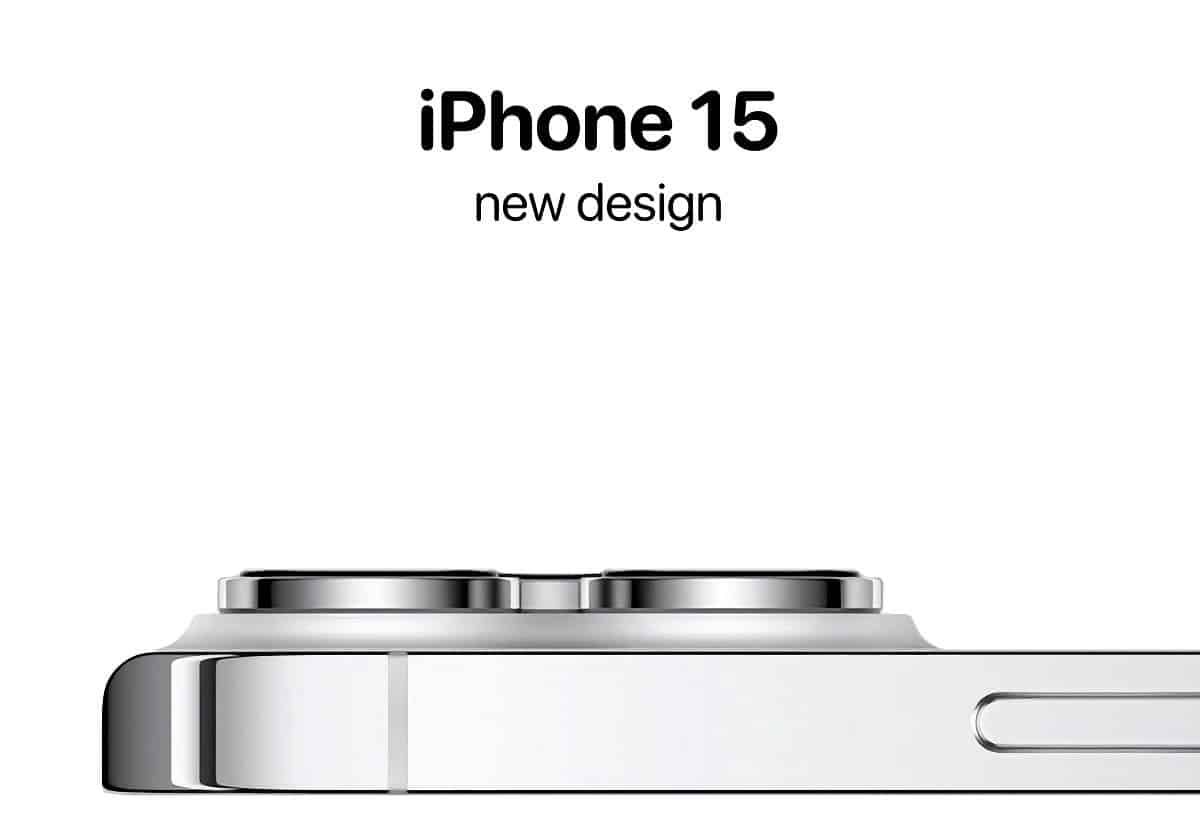
Apple is not anticipated to make significant changes to the iPhone 15s' appearance in 2023. All smartphones are anticipated to have a metal body and a design that is primarily made of glass. Depending on the range, these elements' characteristics will change. Aluminum from the Standard and Plus versions' predecessors is anticipated to remain. Stainless steel would be advantageous for the Pro model. Additionally, the chassis of the potential Ultra variant would be made of titanium.
Apple would have redesigned the smartphone's rear, adding yet another aesthetic modification. Some borders might become rounded rather than straight. The visual opposite demonstrates a distinctive curve between the metal edge and the upper edge of the phone (above the photo module). Thus, the mineral glass must also be bent.
Apple would intend to eliminate the mechanical buttons from the iPhone 15 Pro and 15 Pro Max / Ultra, which would be another aesthetic change but also an ergonomic one. The volume and power buttons are in this. In their stead would be tactile keys connected to two more haptic motors hidden under the side edges. Apple used the same method to go from the mechanical to the tactile version of Touch ID. The actual buttons on the other iPhone 15s would remain.
Screen sizes identical to Generation 14 should be present up front: 6.1 inches for the basic iPhone and Pro and 6.7 inches for the iPhone Plus and Ultra (or Pro Max). Face ID under the display is not in plans since, according to a rumor, Apple won't have selfie sensors under the screen until 2024.
Will the iPhone 15 be USB-C or Lightning compatible?
The European Union has finally announced the date starting with which all rechargeable electrical devices, including smartphones, must be equipped with a USB port for charging or data transfer. This has been a long time coming. The day in question is December 28, 2024. Manufacturers are still not required to incorporate a USB port before this date and can choose a proprietary port instead.
It was previously apparent that Apple would seek to delay the adoption of the USB connector as much as possible because the company profits greatly from the Lightning port. In order to sell products that are compatible with the iPhone, all accesories must acquire a license before using this exclusive technology. Therefore, Apple would still have a year to consider whether to comply.
It is amazing that Apple might overtake the competition. The iPhone 15 might all include a USB-C port, according to financial analyst Ming Chi Kuo, who mentions this in one of his financial notes. Additionally, this claim does not conflict with the data provided by Bloomberg. A few weeks ago, the financial news outlet stated that Apple would not add a USB port to its iPhones until 2023.
There is a nuance, though, that should be kept in mind: even if the ports on the various iPhone models are physically identical, the models would be differentiated by their USB standards, which would account for price disparities. The regular and Plus models would only have a USB 2.0 compatible port, while the Pro variants would have a USB 3.2 compliant port. The first has a far higher bandwidth than the second. Additionally, the power for recharging may be stronger.
iPhone 15 specifications
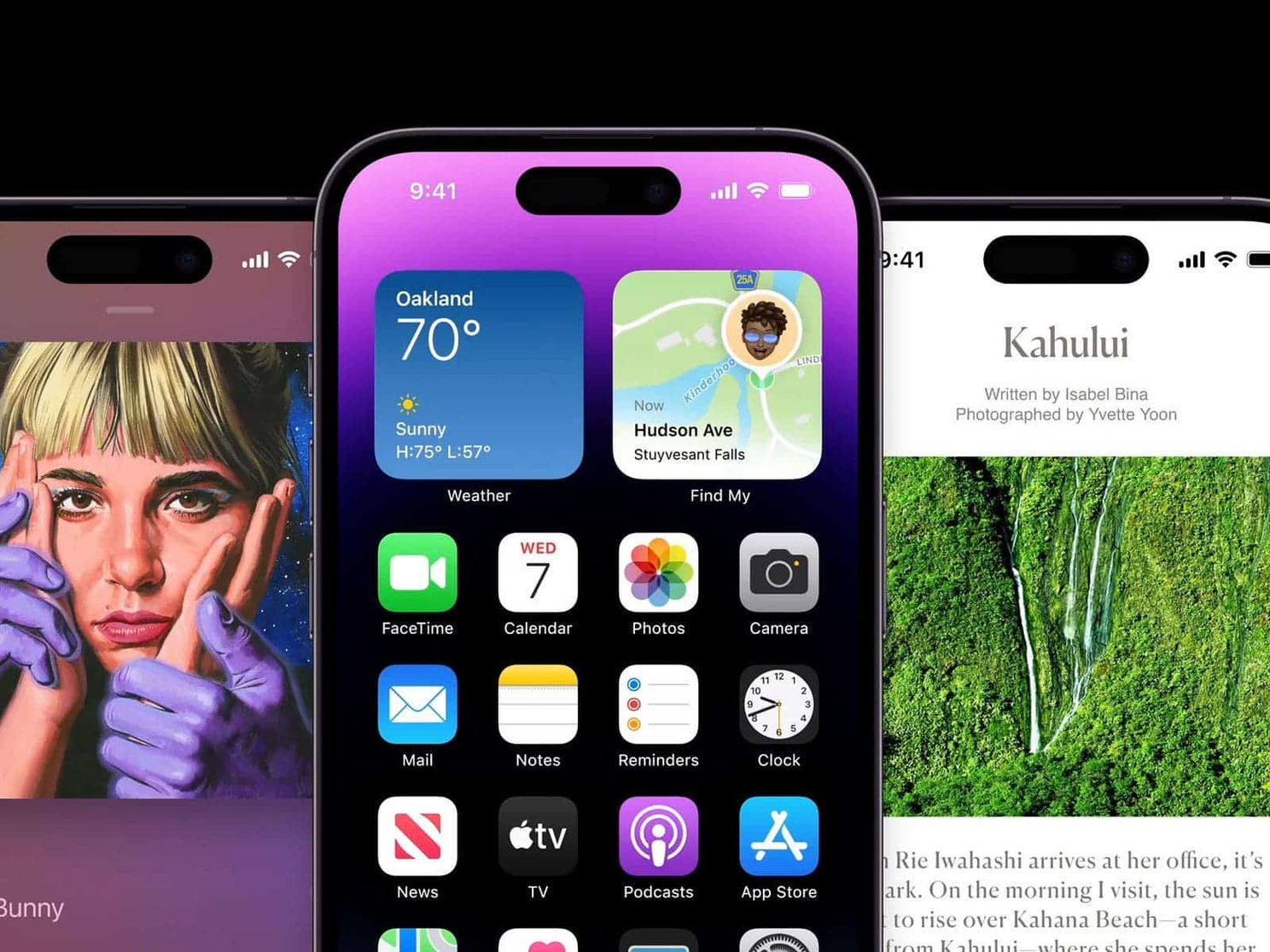
Some modifications to the technical sheet should take place in addition to the design. Battery, processor, and modem. Display technology: Apple will take use of this chance to enhance the experience for all devices, although a pronounced distinction between the Pro and Ultra models should still be present.
A new processor is the first component we anticipate. It would take the place of the A16 Bionic and be the A17. The only iPhones using an A16 today are the 14 Pro and 14 Pro Max. The less expensive iPhones are still using the A15 Bionic chip from the prior year. The A17 Bionic CPU would only be reserved for Apple's most costly models, the iPhone 15 Pro and the iPhone 15 Ultra/Pro Max, in 2023, according to a report from the social network Weibo. The A16 Bionic should be available on the other models.
Instead of 5 nm, the A17 would be carved in 3. Which would increase its effectiveness while simultaneously increasing its power. The Taiwanese company's originator, TSMC, should produce this chip. Since a number of years ago, Apple has produced the brains of its devices utilizing TSMC's expertise. A considerable increase in autonomy of between 3 and 4 hours in standard use would be provided with the introduction of the A16 Bionic in the standard and Plus models and the A17 Bionic in the Pro and Pro Max / Ultra models. If there is also a strengthening of the batteries, it is not clear by the leaks.
The iPhone 15's 5G modem would still bear Qualcomm's signature. This comes as no surprise considering the Cupertino business struck a multi-year contract with the Californian founder to provide Apple with smartphone modems (agreement which followed the legal battle between the two firms in 2017). Therefore, according to Bloomberg, there won't be an Apple modem in the iPhone 15 since the company was unable to produce a satisfactory outcome. Recall that Apple purchased Intel's mobile modem division.
According to Ross Young, a screen industry specialist, Apple would have intended to incorporate Dynamic Island into every iPhone 15 model rather than just its most costly ones. Giving the range the same visual look. Please be aware that some capabilities would continue to be available only on the Pro and Pro Max / Ultra models. For instance, the standard and Plus models would not support the 120 Hz refresh rate. Additionally, the Pro and Pro Max / Ultra models would get a more traditional LTPS panel, while the other two would have an LTPO panel capable of switch down to 1 Hz, as is the case today.
iPhone 15 camera
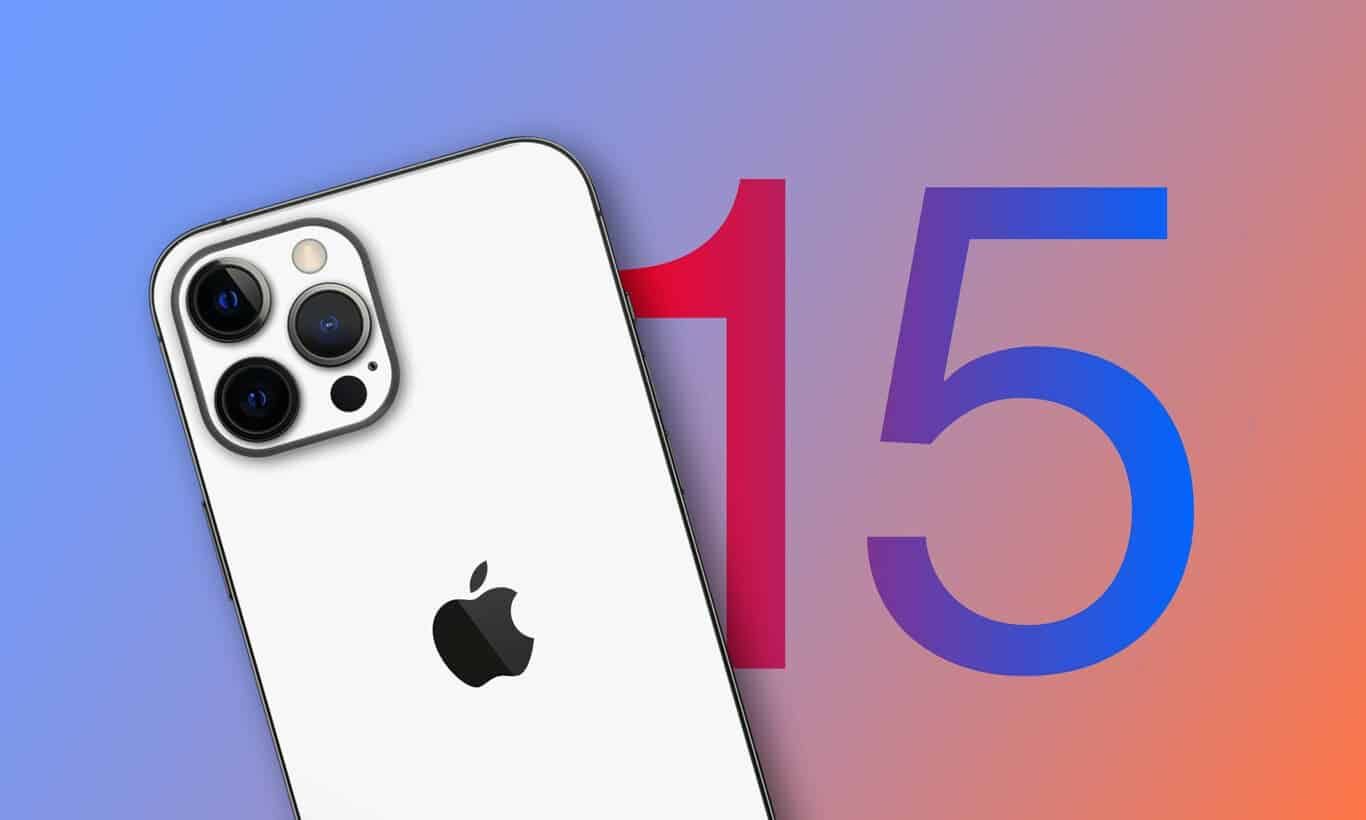
Apple has consistently been one of the top companies in the photography industry. The company has maintained its position at the top of the list even if it has lost some of its shine in recent years and let several Chinese companies, such as Huawei, to pass. Therefore, it makes perfect sense that the iPhone 15 will draw on this legacy and incorporate certain anticipated enhancements, especially for the most costly models.
The inclusion of a periscopic telephoto lens in high-end iPhones is one of the long-awaited changes. The benefit of such a component is that, depending on the model, it dramatically raises the suggested optical zoom ratio from 2x or 3x to 5x or 10x. Therefore, by getting even closer to the details, this would provide high-end iPhones the opportunity to significantly improve the quality of photographs taken from a distance. Apple probably would have gone with a device that has 8 lenses and a 10x optical zoom.
The drawback of such a system is the additional space it requires; only the largest phones can accommodate a large battery, a powerful heat dissipation system, and a periscopic zoom. As a result, it is quite likely that this periscope zoom only affects the iPhone 15 Ultra/Pro Max.
On the other hand, according to analyst Ming Chi Kuo, there won't be any significant changes to the primary sensor, particularly for the Pro and Pro Max / Ultra variants. A 48-megapixel variant will continue to be the primary sensor. It might be a revised model from Sony that will enhance images taken in challenging lighting situations. Suchas low light, backlight, or with an overexposed background. This sensor would increase the dynamic range, which would inevitably enhance the photographs' colorimetry.
The next generation of camera sensors would not, as usual, be advantageous for the iPhone 15 and 15 Plus. It is unclear whether the old 12-megapixel sensor will eventually get better. The lens should then be in use seven times with the same settings (f/1.8 aperture, 24 mm equivalent focal length). According to certain reports, a lens with eight elements would be present (to enhance light capture and decrease aberrations). This, however, would not be the case.
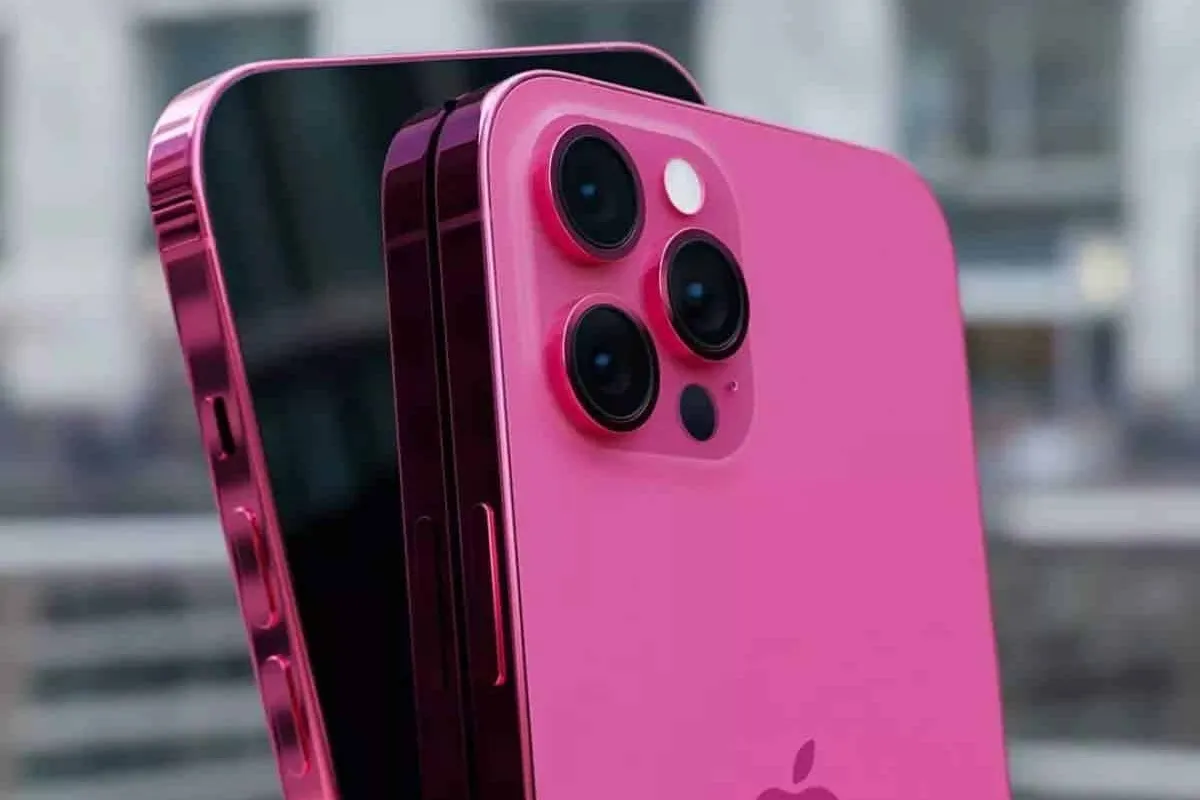





Place comments
0 Comments
You are currently seeing only the comments you are notified about, if you want to see all comments from this post, click the button below.
Show all comments